As a raging lens nerd, I’m always incredibly excited when I get my hands on some new glass.

During the month of January, I had the chance to experience two lenses for the first time: the Angénieux Optimo 15-40mm f/2.4-T2.6, and the Lomography Petzval 85mm f/2.2. Two completely different lenses, with completely different price points; but both remarkable in their own right.
Angénieux Optimo 15-40mm
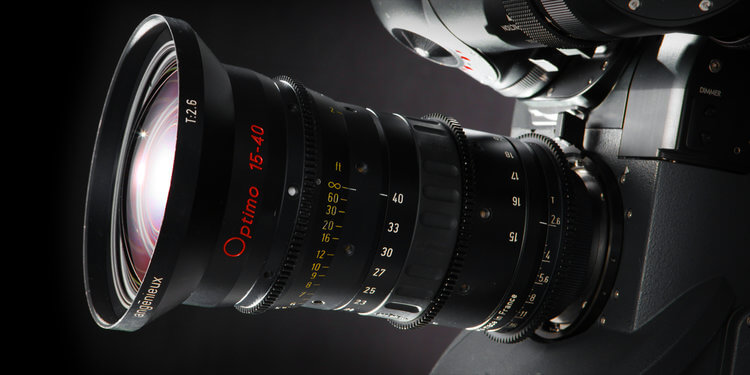
The Angénieux Optimo 15-40mm is a beautiful, and expensive (with good reason) piece of glass. Here at Entertainment Creative Group, we used the Optimo on a commercial we shot for Resurgens Orthopedics, which aired during the 2018 Winter Olympics.
The Optimo retails for about $40,000. Yes, you read that correctly.
One of the reasons why cinema zooms are so expensive is because they require a complex set of moving lens elements that are significantly more intricate than your average prime or photography zoom lens. Cinema zooms are parfocal, which means that they maintain the same focus point throughout the focal-length (zoom) range. This is imperative during complex camera motions on set.
Cinema zooms also minimize focus breathing, which is an (annoying) quality that many lenses have: your image composition changes slightly near the sides whenever you adjust focus (which is visible if you adjust it during filming).
Slightly technical stuff aside, this lens is capable of producing some breathtaking images. Gorgeous color representation, pretty lens flares, beautiful focus fall-off; the picture is very aesthetically pleasing. Here are a few stills from the Resurgens spot:
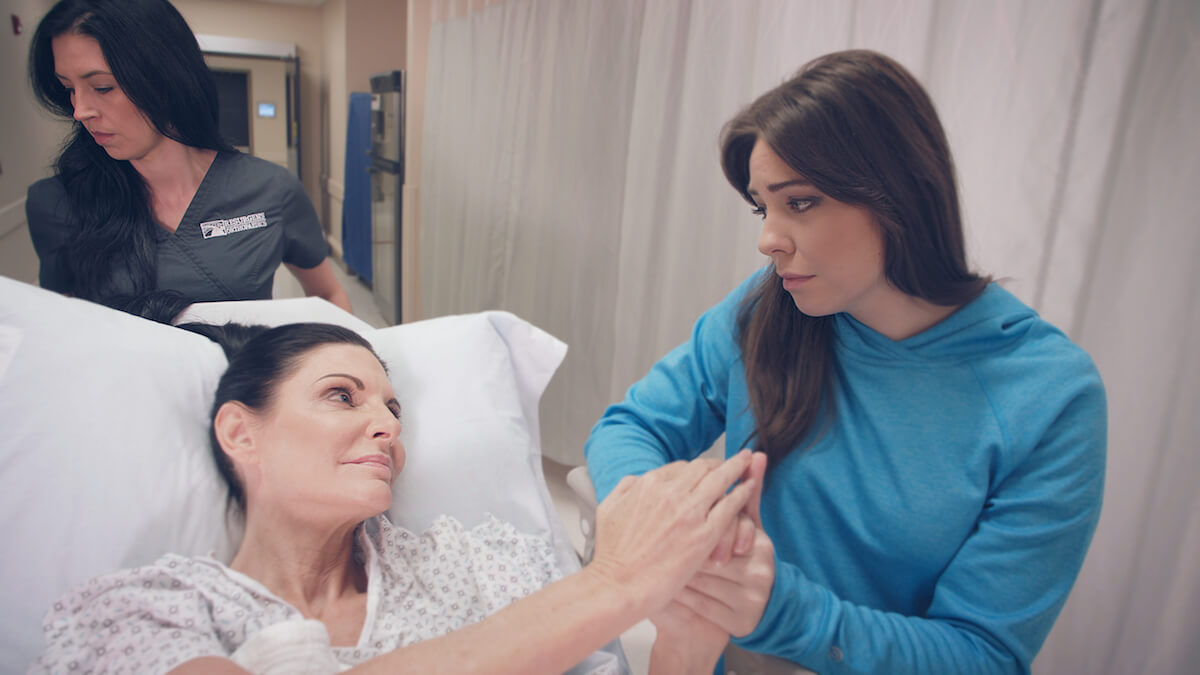
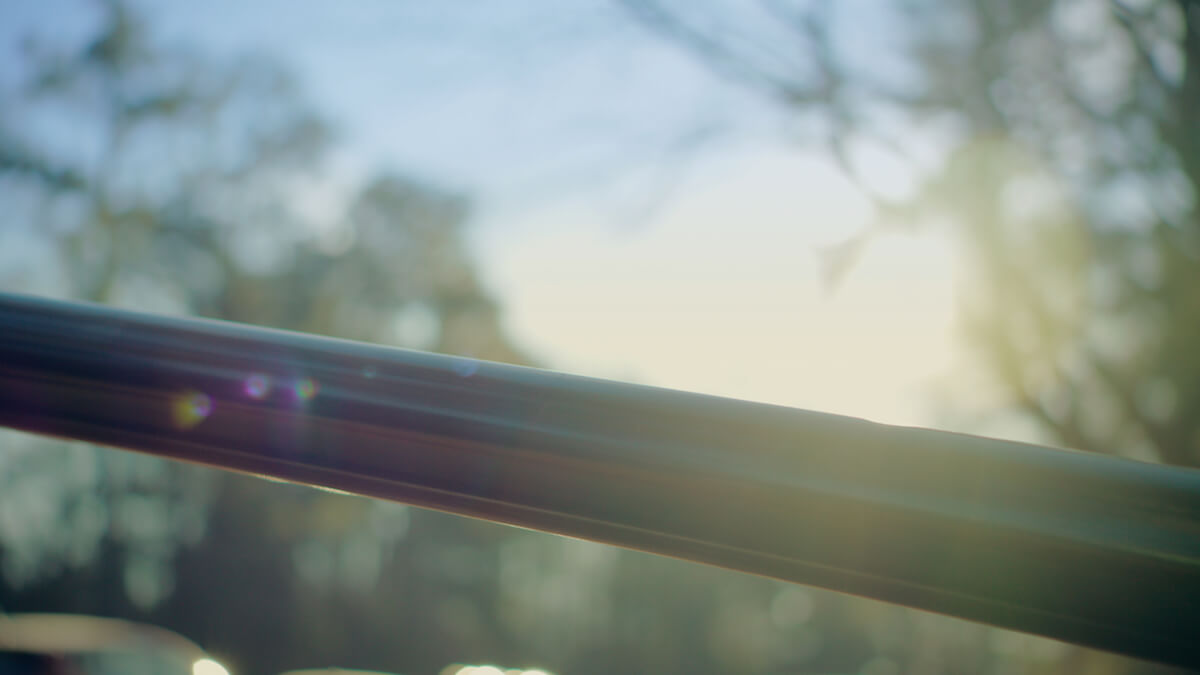

Delightful.
I would definitely recommend this lens. It’s available for rental; or you could just buy it. Yes, you could potentially put a down payment on a house instead… but who needs a house? Living on the streets with a beautiful piece of glass doesn’t sound too bad to me.
Lomography Petzval 85mm
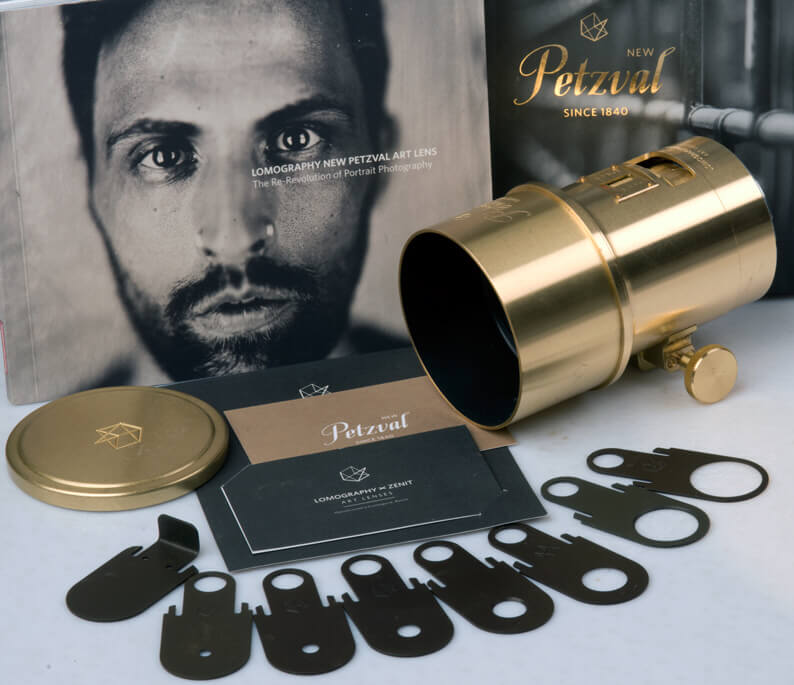
Before we even get to what the lens does, let’s take a moment to admire the presentation. This lens looks f*cking cool.
The history behind the lens is one of the most interesting things about it. The Lomography Petzval is a recreation of a lens that was conceived and popularized in the 1840s. Widely considered to be the first “fast” portrait lens, the Petzval was invented in mid-19th century Austria by Joseph Petzval, a mathematician.
The most noteworthy characteristics of the images created by this lens: the unique, swirly bokeh and the pinpoint focus field. It really makes your subject pop, while blurring out the background with a beautiful, distinctive bokeh pattern.
While not useful for more straight-forward productions (you wouldn’t want to shoot an episode of Jeopardy with this), the unconventional look yields a lot of possibility for artistic experimentation. I am really looking forward to filming a music video with the Petzval at some point in the near future; that’s very high on my to-do list.
I spent about a week test-shooting with this lens on my own time, and I really enjoyed the experience. Another fascinating aspect: instead of the usual adjustable aperture inside the lens body, the Petzval uses a series of metal tabs with holes in them, which correspond to standard f-stops.
Furthermore, focus is adjusted by a knob on the side of the lens body, which slides lens elements back and forth (you actually see your focal distance change on a little sliding dial on the top). While maybe not the most practical thing that ever existed, it further augments the feeling of using a “vintage” lens, which I enjoyed.
Here are a few images from my test shoot, and the internet.

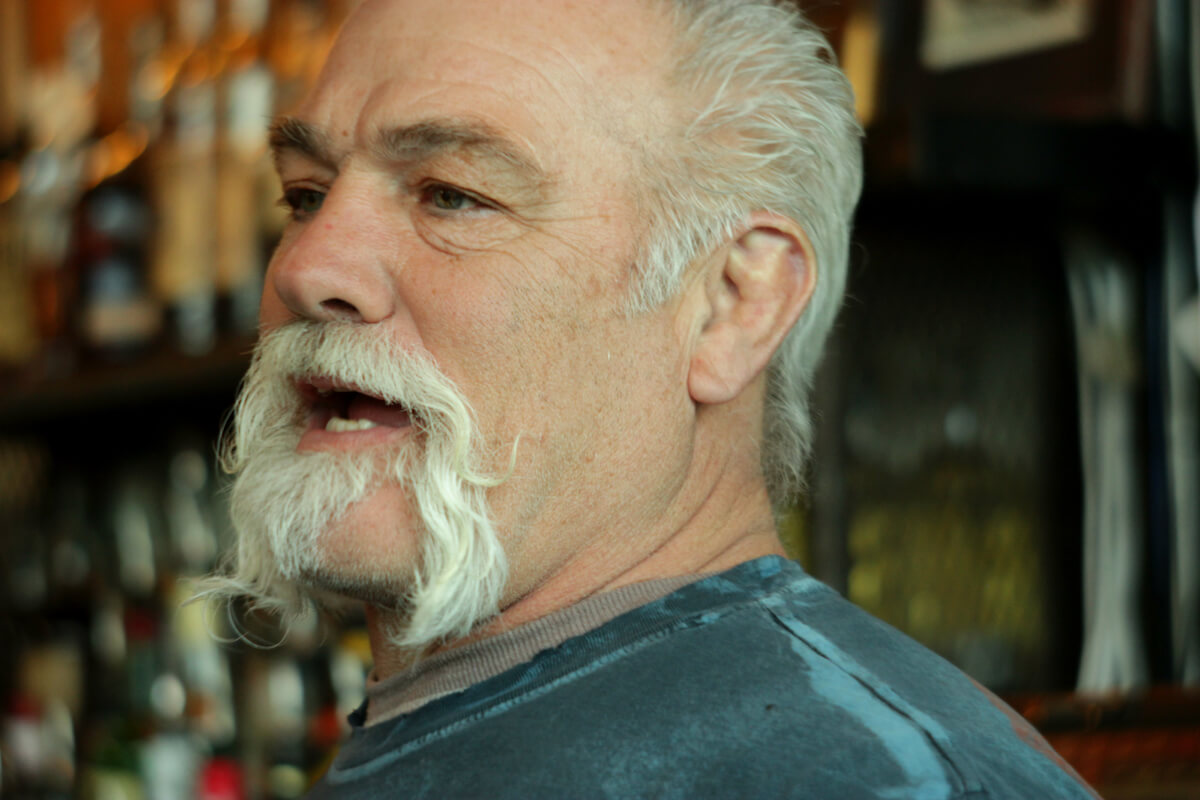
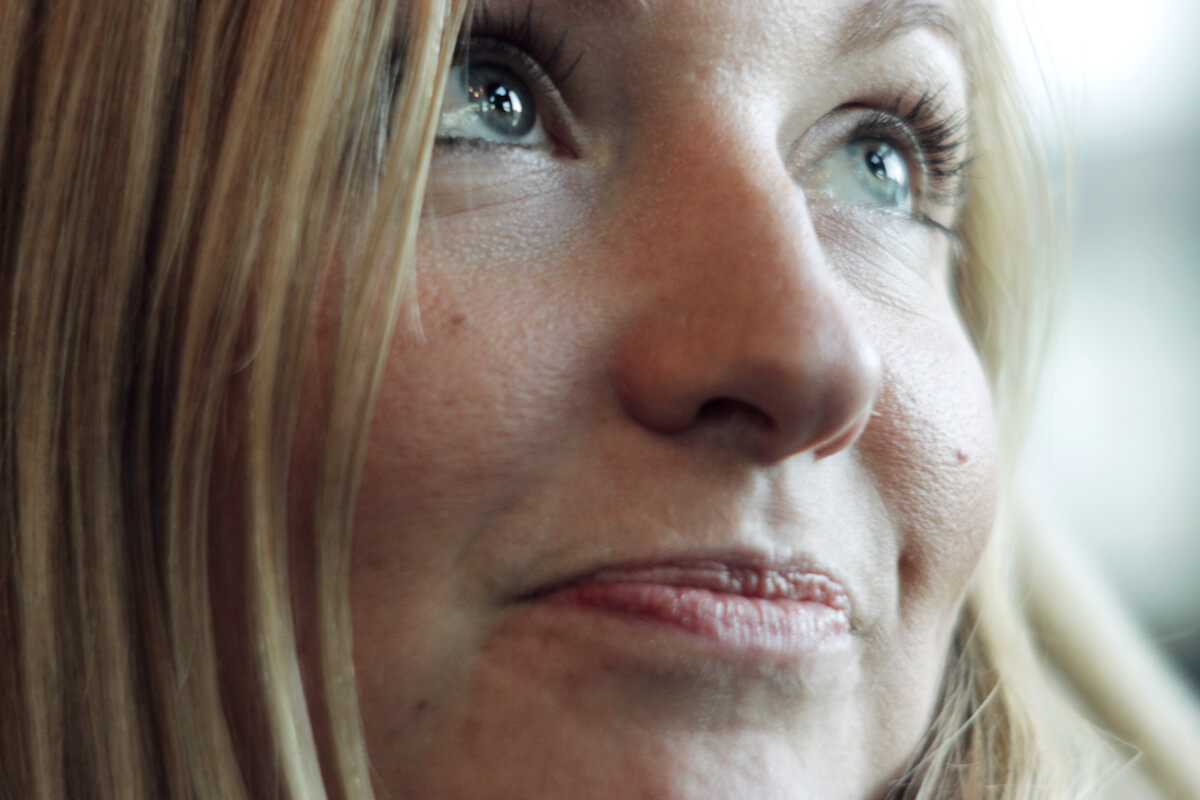
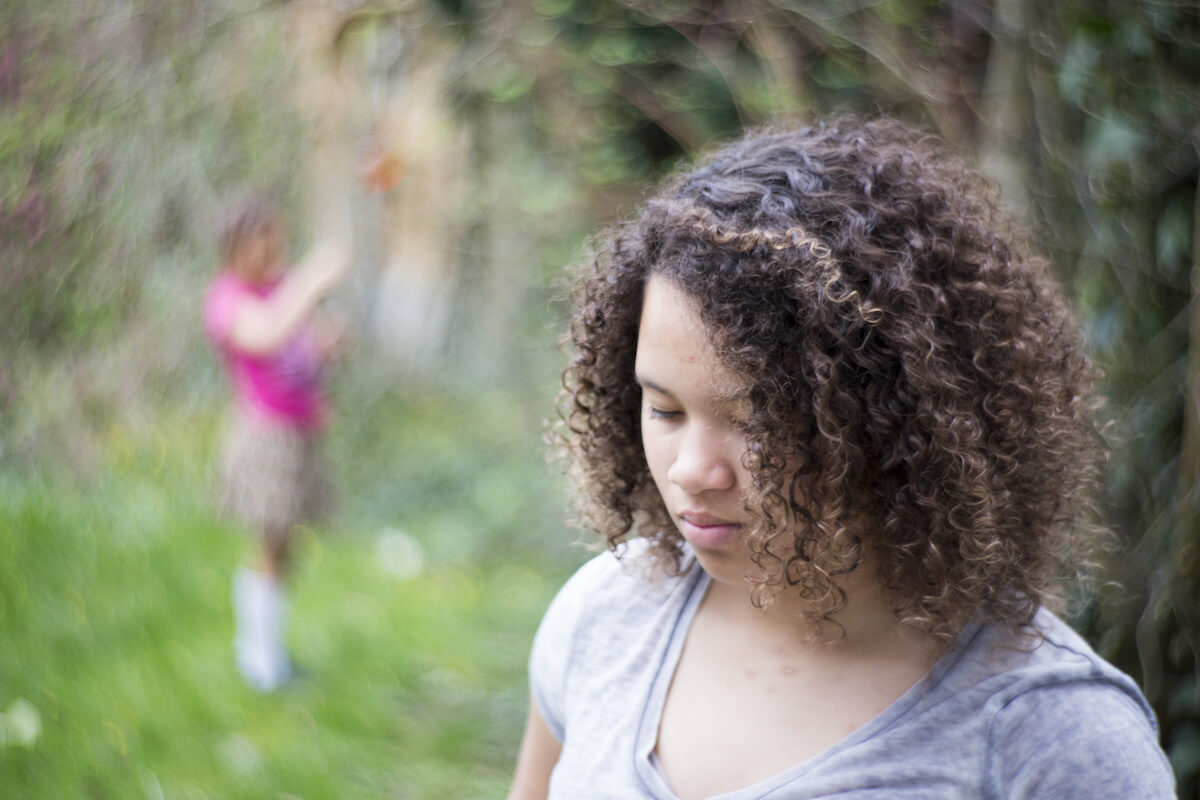
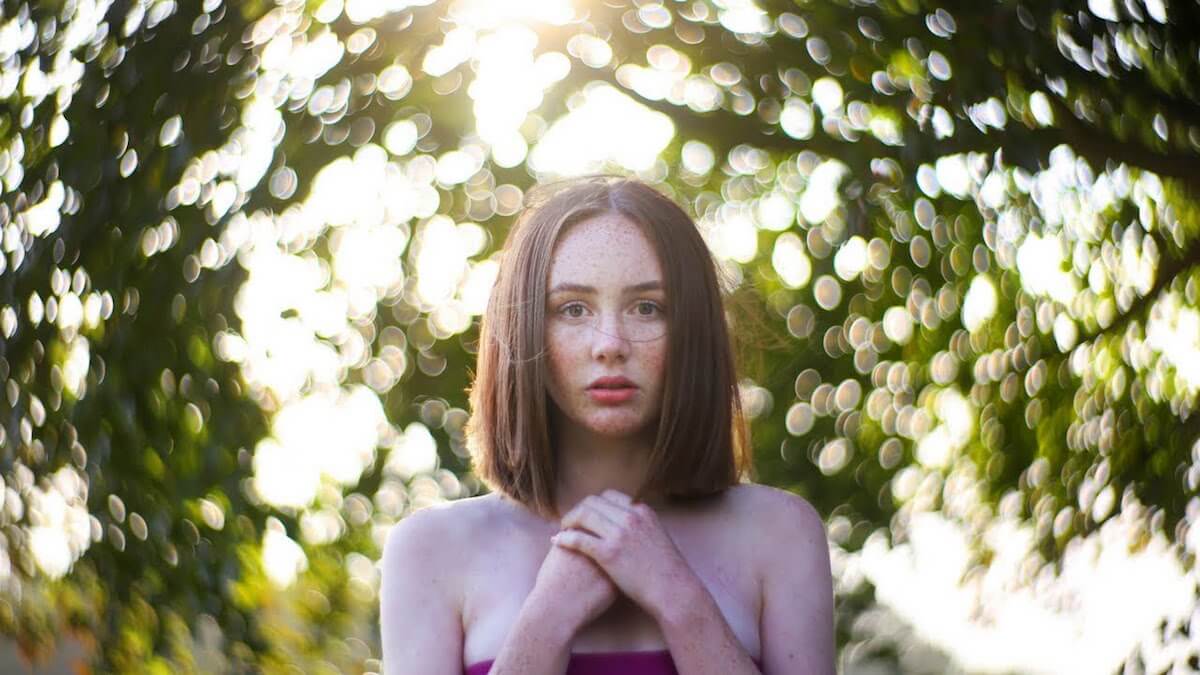
This lens creates some incredibly unique, beautiful images that have a vast amount of power for creative expression, and guiding the viewer’s eye.
Though these two lenses are quite different, I really enjoyed my experience with both of them. Now, to get my hands on some Cooke Speed Panchros…
Ending Disclaimer
***(Lens selection has a HUGE impact on the look of your work; even more so than the camera, in certain instances. Obviously there’s a difference between an ARRI Alexa and a DSLR that a lens can’t fix. However, using quality glass, and particularly glass that’s suited for a specific look, will consistently add production value to your work, 10 times out of 10.)***
